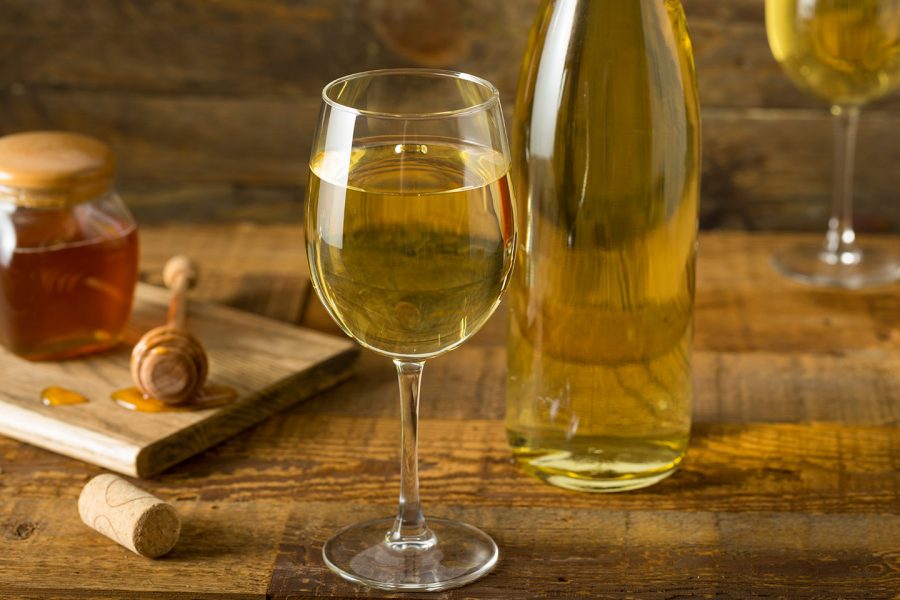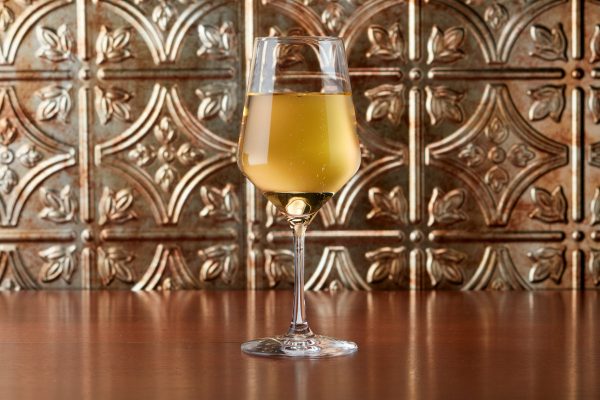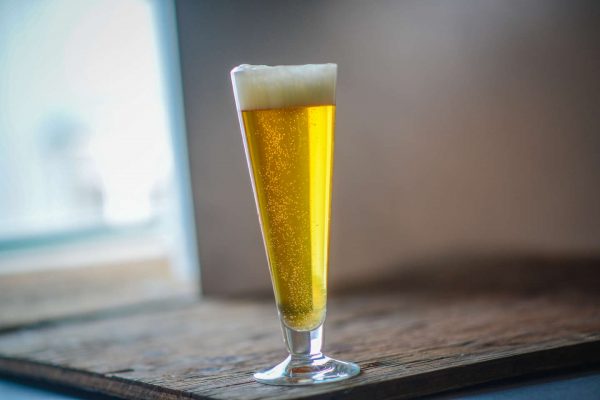
The American Mead Makers Association (AMMA) graciously shared the following Norwegian-inspired mead recipe with the American Homebrewers Association for Mead Day 2022!
The Home Governing Committee of the AMMA recently had the opportunity to offer a live Crowdcast discussion with Lars Marius Garshol, Andrew Luberto, and Kevin Meintsma that focused on Norwegian brewing style, ingredients, and how they can be utilized when making mead.
In preparation for the Crowdcast, Kevin created a recipe based on conversations with the team to identify ingredients and processes inspired by Norwegian farmhouse brewing. He made the mead and an updated recipe based on tasting results, so you can try it for yourself!
The American Mead Makers Association (AMMA) graciously shared the following Norwegian-inspired mead recipe with the American Homebrewers Association for Mead Day 2022!
The Home Governing Committee of the AMMA recently had the opportunity to offer a live Crowdcast discussion with Lars Marius Garshol, Andrew Luberto, and Kevin Meintsma that focused on Norwegian brewing style, ingredients, and how they can be utilized when making mead.
In preparation for the Crowdcast, Kevin created a recipe based on conversations with the team to identify ingredients and processes inspired by Norwegian farmhouse brewing. He made the mead and an updated recipe based on tasting results, so you can try it for yourself!
Ingredients:
- Fermentables
- 7 lb (3.15 kg) Linden/Basswood or Heather honey
- 4.3 G (16.3 L) low carbonate/sulfate chlorine/chloramine free water
- 20 oz. (570 grams) of thin juniper branches preferably with berries (30 grams/L)
- 6.25 grams GoFerm Protect (with 125ml water)
- 16.4 grams Fermaid O (FAN source) (with 290ml water)
- 5 grams Meadowsweet (dried)
- 500 grams Linden/Basswood or Heather honey for backsweetening to 1.020 finishing gravity
- 2.8 grams Potassium MetaBiSulfite
- 7.5 grams Potassium Sorbate
- Yeast
- 5 grams Kveik VOSS (dried)
Specifications:
Yield: 5 gal
Original Gravity: 1.05
Final Gravity: 1.001
ABV: 6%
SRM: 1.5
Directions:
Heat water to 180F (82C). Allow to cool to 160F (71C) and immediately pour over the juniper branches. Infuse for a minimum of 1 hour (cover to retain heat, and/or wrap with a blanket), this step is often left to sit overnight.
When the juniper infusion is ready, taste it! If it does not have detectable pine/resin/spice you should stop and find another source for juniper branches. Alternate: Spruce or Fir tips, light green spring growth only, use 1oz per gallon – taste before using. Spruce and Fir tips can have a powerful impact!
Measure the GoFerm into a flask or beaker. Add 4 oz. (125 ml.) of 150F (65C) water and mix thoroughly. Allow the GoFerm to cool to 95F (35C).
While the GoFerm is reaching temperature, remove the juniper and incorporate the honey into the juniper infusion and mix thoroughly.
When the GoFerm has reached temperature, add the yeast. Mix thoroughly and allow it to “bloom” for no more than 10 minutes. Check the temperature of the must and the yeast. If they are within a range of 10 degrees Fahrenheit (6 degrees C) pitch the yeast into the must and mix thoroughly. Oxygenate the must to 10ppm (if this is not possible for you, whip air into the must for several minutes to reach approximately 6ppm O2).
If they are not within range, add 4 oz. (125 ml.) of must to the yeast to “atemperate” the mixture. Repeat this process every 10 minutes until the yeast is within the aforementioned range.
While the yeast is acclimating to the must, mix the Fermaid O into 10 oz. (290 ml) of 150F (65C) water. Allow the Fermaid O to cool to 100F (37C) and incorporate into the must. This is called “front loading”, and is a departure from the typically recommended 4 staggered nutrient additions.
Close up the fermentation container, put a blowoff tube in place or alternatively, an airlock.Note: This will be a vigorous fermentation, you should ensure there is a minimum volume of 2G (7.6L) of headspace in the fermenter. Ferment at 104F (40C).
Ferment to terminal gravity (1.000 or less). It’s likely this will be reached within 24 hours, but let it ferment until it reaches terminal gravity.
Chill the fermenter to drop some of the yeast. Rack off of the lees to a new vessel. Stabilize the mead with Potassium MetaBiSulfite and Potassium Sorbate. Mix gently, and wait 4 hours for the SO2 sources to integrate.
Warm the backsweetening honey to 95F (35C), pull approximately 8 ounces (250ml) of the mead from the fermenter and incorporate into the honey until thoroughly mixed.
Add the Meadowsweet in a “hop bag” to the mead, and decant the backsweetening volume into the fermenter. Gently mix until well incorporated and let it sit for 1-2 days. Taste one to two times per day to assess the impact of the Meadowsweet addition. Pull the Meadowsweet as soon as it’s at the intensity you desire.
Rack the mead to a new vessel for fining. If you don’t want to fine you can enjoy as is, or wait until it’s clear. If you wait, you should have as little headspace as possible to avoid oxidation of the mead.
Enjoy!





Share Post